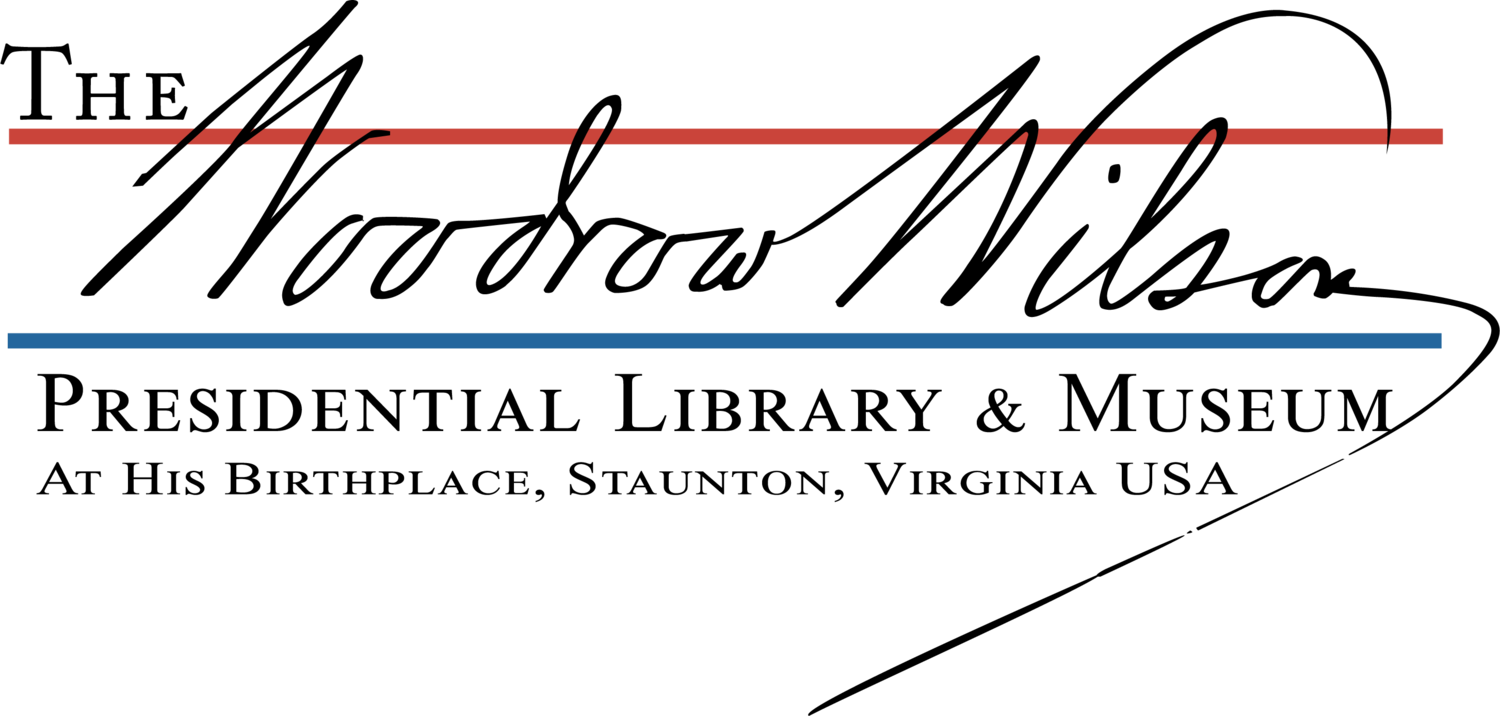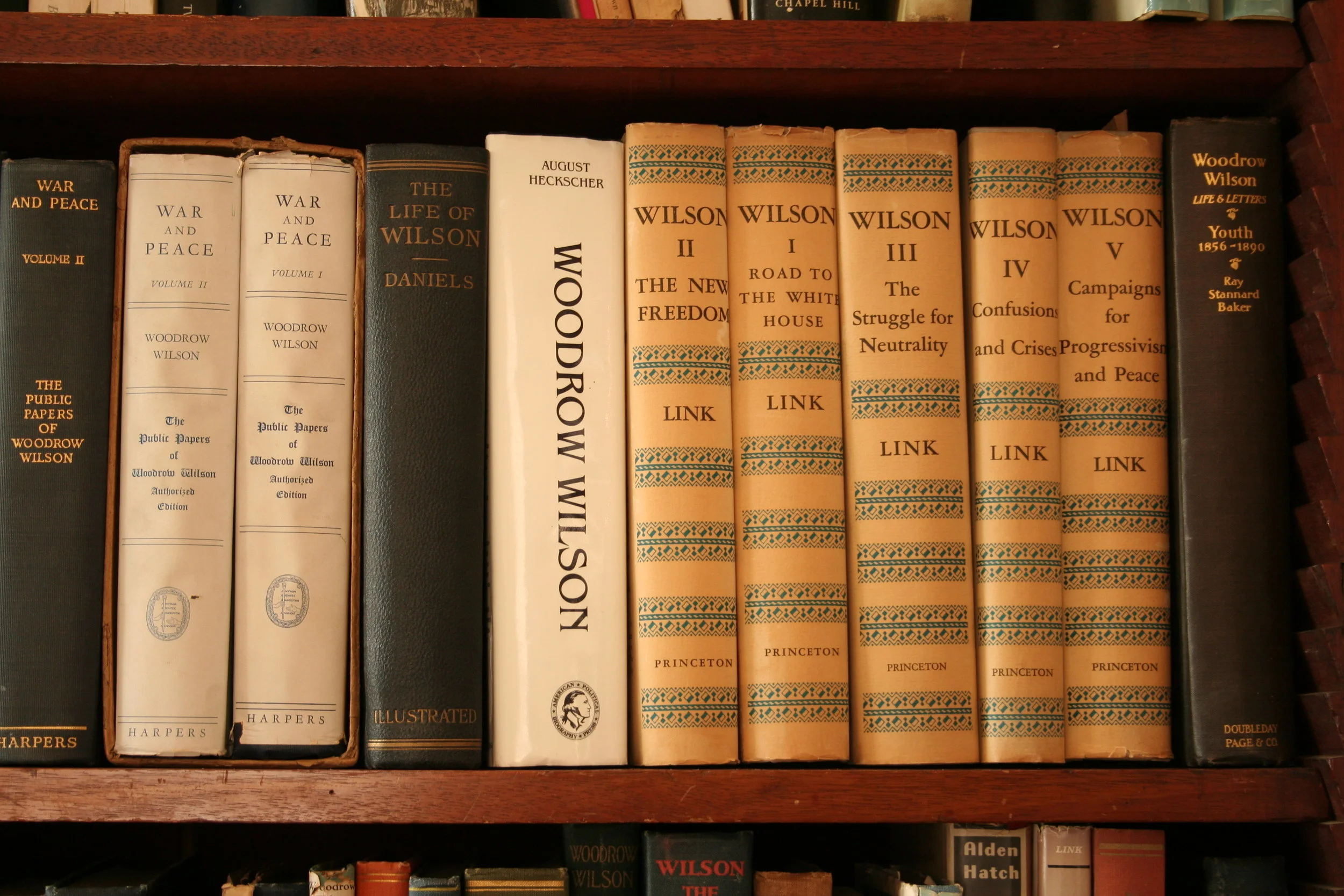The U.S. Occupation of Haiti
/330 U.S. Marines were ordered to invade Haiti on July 28, 1915, following a coup and the lynching of Haitian President Jean Vilbrun Guillaume Sam. This action by President Wilson would begin the 19-year-long occupation of the small island-nation of Haiti, which had previously been independent for over 100 years.
The Wilson Administration’s motivations for occupying Haiti were threefold: Haiti’s location offered military advantages, the U.S. wanted to dominate the Haitian economy, and the U.S. could offer moral and social development to the Haitians. The presence of the U.S. military in Haiti would deter European nations from intervening in the Western Hemisphere, as stated in the Roosevelt Corollary to the Monroe Doctrine.
Unfortunately for Haiti, the timing of the occupation led to miscommunication, lack of direction, and hostility. The management of the intervention was pushed to the side when the U.S. joined the World War I, and this negligence led to inquiries and investigations, as well as the riots of 1918-19.
Following the 1922 Senate Inquiry into Haiti and Santo Domingo, a massive reorganization effort was undertaken to eliminate the initial failures of the occupation. Although these efforts were successful in implementing a new leadership system, they did nothing to combat racism, put an end to American elitism, or address the concerns of Haitians. The continued mismanagement of the occupation eventually led to strikes and riots in 1929. These protests marked the turning point for seriously setting in motion plans for American withdrawal. American forces officially withdrew from Haiti August 15, 1934.
Overall, Haiti has benefitted very little from the U.S. occupation. The infrastructure accomplishments fell into disrepair, Haitian politics reverted back to the spoils system that had been so prevalent before 1915, and the occupation failed to establish Haiti as an economic and political world power.
You can read more about what led Woodrow Wilson to intervene, and the results, in a comprehensive new digital exhibit on the occupation prepared by Ashley Botkin, one of our summer interns from the University of Virginia.






